PREAMBLE
I have an iOS application with a two page registration process.
I have installed a UIProgressView on each page to measure the cumulative progress of users within said registration process.
At present the registration process consists of six fields.
The existing UIProgressView takes a float input based on 1 / 6 updated when a text field finishes editing.
The first controller's UIProgressView launches with a float value of zero.
Once all fields are complete; the second view controller launches with a float value of 0.5.
PROBLEM
This solution is primitive and issues are abundant.
For starters you can see both UIProgressViews during unwind / segue.
QUESTION
Is it possible for me to use the same UIProgressView across the two view controllers ?
Thank you in advance for your help.
NB
The aforementioned registration process consists of two separate view controllers. Please advise if this is common practice / whether more suitable solutions exist.
MAIN ISSUE IMAGE

Solving the issue illustrated within the image above is my primary objective.